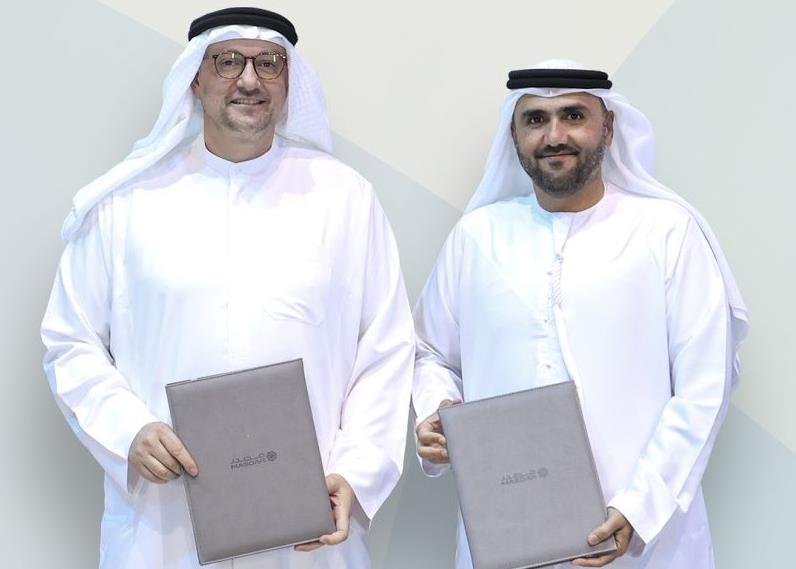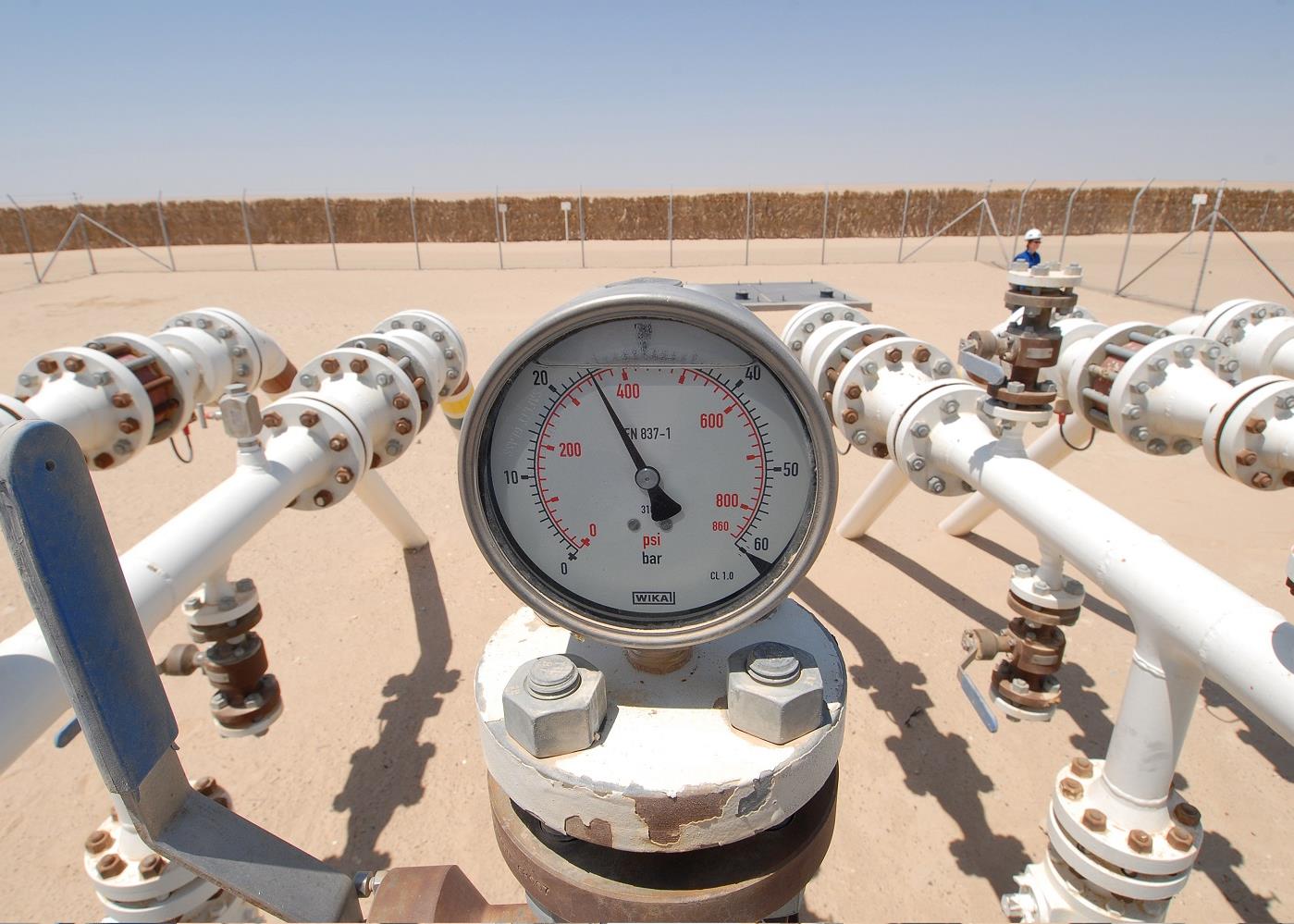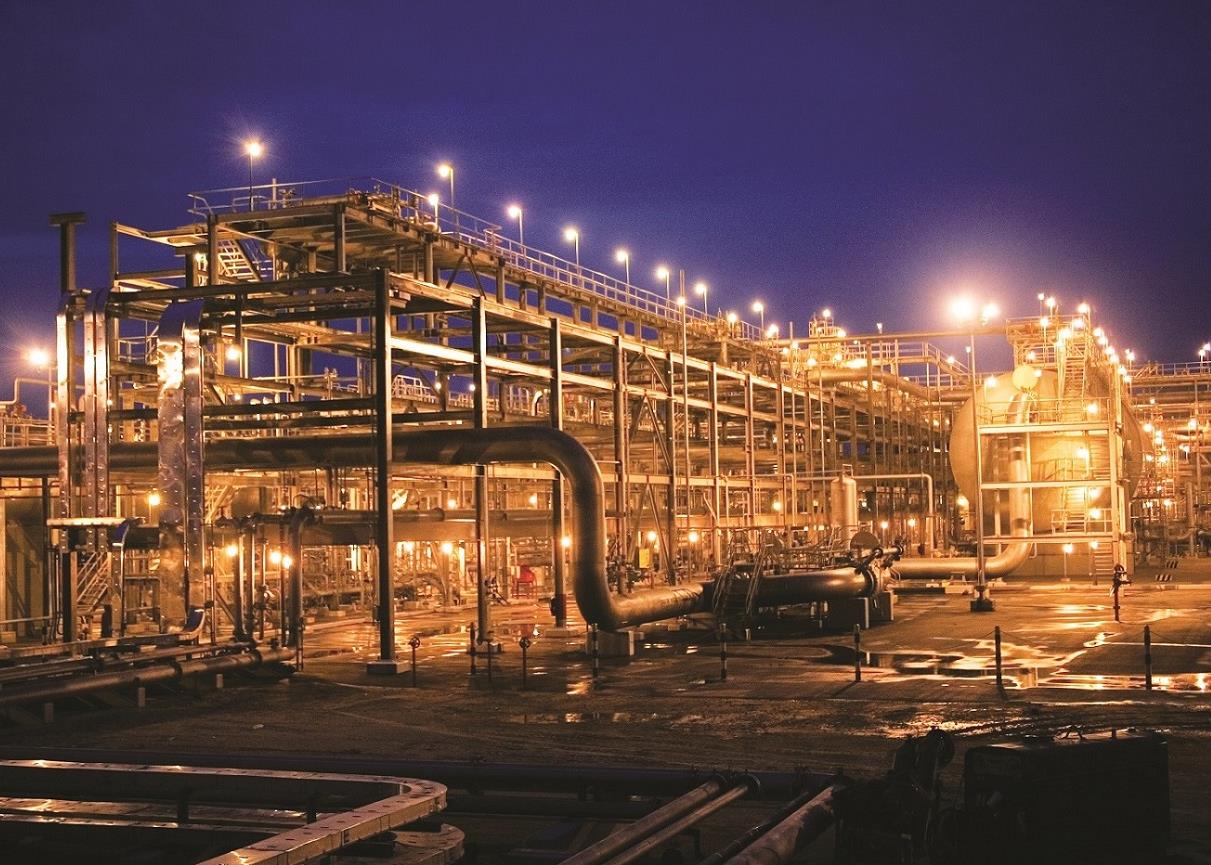

> Renewables to underpin Mena power sector recovery
> Weak economic growth looks set to persist
> Middle East governments focus on long-term goals
| Subscribe to MEED |

 Scarce or overused water resources and rapid population and economic expansion across the mostly dry and hot Middle East and North Africa (Mena) region form an interesting nexus that has seen major investments ploughed into the water sector over the past decade to meet rising demand.
Scarce or overused water resources and rapid population and economic expansion across the mostly dry and hot Middle East and North Africa (Mena) region form an interesting nexus that has seen major investments ploughed into the water sector over the past decade to meet rising demand.
Together, the Mena states account for nearly half (48 per cent) of the total known desalination capacity in the world, estimated at 95 million cubic metres a day (cm/d) in 2018. Desalination pioneer Saudi Arabia remains the region’s and the world’s largest desalination market, accounting for 15.5 per cent of global desalination capacity, followed by the UAE, at 10.1 per cent.
Nearly every other Mena country outside the GCC plans more investment in water desalination as a means to augment overstretched groundwater or surface water resources. Egypt, for instance, plans to build 47 plants with a budget of roughly $2.8bn over the next five years.
Saving water
Sustainability objectives further call for a higher adoption of treated sewage effluent (TSE), particularly for irrigation and industrial applications, requiring the development of more efficient sewage treatment plants. Other projects include the expansion of water transmission pipelines and sewage networks, as well as the construction of water reservoirs.
 A gradual phasing out of water subsidies is also a priority for most governments, in order to reduce water consumption per capita as well as increase fiscal savings, especially in light of tighter budgets due to low oil prices.
A gradual phasing out of water subsidies is also a priority for most governments, in order to reduce water consumption per capita as well as increase fiscal savings, especially in light of tighter budgets due to low oil prices.
Of the estimated $91bn of deals let in the Mena region between 2011 and the first 11 months of 2020, water transmission projects made up more than a third, followed by wastewater (25 per cent) and desalination (22 per cent), according to regional projects tracker MEED Projects.
However, year-on-year, the value of deals inked in the first 11 months of 2020 nearly halved compared with the same period in 2019. Contract signings plummeted in four of the five sub-sectors, save for cooling. Transmission awards saw the steepest decline of 54 per cent, followed by sewage treatment (52 per cent) and desalination (44 per cent). The region-wide fall closely reflects that of Saudi Arabia, which accounts for almost a third of the overall market.
In addition to the Covid-19 pandemic and low oil prices disrupting tendering processes for schemes, most Mena states are now looking at public-private partnerships (PPPs) to deliver water infrastructure. In addition to independent water projects (IWPs), the PPP model is growing in importance in sewage treatment, transmission and storage. This implies a potentially longer procurement cycle compared with state-financed infrastructure seen in the past, as well as a more thorough review of future capacity procurement decisions.
Decoupling capacity
In contrast to a decade or two ago when independent water and power projects (IWPPs) were the norm, decoupling water and power production, particularly in the GCC, has become a key theme in recent years, and will likely grow in importance.
The need to decarbonise the sector by using more energy-efficient membrane technologies as well as the need to increase the flexibility of the electricity grid with the arrival of renewable energy sources are expected to further intensify the trend towards decoupling.
These, along with the need to preserve capital in a low-oil environment, imply IWPs could become the dominant norm for procuring future desalination capacity. IWP contracts awarded in 2018-20 account for a total capacity of 3.3 million cm/d. Those deals awarded during this period have a total value of at least $4bn.
There are also numerous opportunities to retrofit desalination plants using multi-stage flash (MSF) with membrane technologies. By 2023, five MSF-based desalination plants owned by Saudi Water Conversion Corporation (SWCC) will be replaced by reverse osmosis technologies. The remaining MSF desalination plants, excluding the Ras al-Khair and Yanbu plants, which are relatively new, will be replaced with seawater reverse osmosis (SWRO) facilities by 2025.
 Falling costs
Falling costs
While Oman has pioneered the adoption of IWPs in the GCC region, having awarded its first such scheme in 2013, it was not until December 2018 – when Saudi Arabia opened the bids for its first IWP – that water production costs began to fall sharply. An Acwa Power-led team offered a record-breaking 0.53 $cents a cubic metre ($cents/cm) for the Rabigh 3 IWP. A few months later, the Saudi developer offered 0.495 $cents/cm for the Taweelah IWP in Abu Dhabi, the world’s largest planned SWRO plant.
The 120 million imperial-gallon-a-day Hassyan IWP in Dubai set a new record, with UAE-based Utico offering a low bid of 0.277 $cents/cm for the scheme. MEED understands the price was achieved in part due to the Dubai government offering power at 0.0245 $cents a kilowatt hour (kWh), compared with 0.05 $cents/kWh offered in 2018 by Saudi Water Partnership Company (SWPC).
This makes tariffs for future projects a major development to be watched, given that Riyadh plans to build several more IWPs. However, it must be noted opinions vary in terms of the feasibility of lower-than-0.4 $cents/cm water, let alone lower-than-0.3 $cents/cm water.
Future projects
As cited earlier, Saudi Arabia offers the most opportunities for water projects across the region. SWPC’s seven-year statement covering 2020-26 outlines plans to procure at least 40 water infrastructure projects across the kingdom.
Abu Dhabi was planning an even bigger SWRO plant than Taweelah, which was expected to be tendered in 2021. However, there has been a change in plans, with an IWP scheme in Mirfa expected to be tendered in 2021.
Despite the advent of IWPs, there remain major IWPPs in the study or bid evaluation phase. The deal is expected to be let in 2021 for the Facility E IWPP, while Kuwait is expected to move ahead with the procurement of the Al-Zour North 2 and 3 and Al-Khiran 1 IWPPs.
In early 2020, SWCC began the privatisation of Saudi Arabia’s largest integrated water and power plant in Ras al-Khair, with preparations under way for the privatisation of a power and water cluster in Yanbu. By mid-November, SWCC announced the formation of Water Transmission & Technologies Company (WTTCO) as part of the restructuring of its water sector.
WTTCO will manage and operate more than 8,400 kilometres of transmission system and an additional 2,900km of new pipelines that are planned to be installed by 2022. By 2030, the transmission system is planned to expand to up to 17,000km, which will be achieved by investing SR60bn ($16bn) over the next 10 years.
You might also like...

Neom seeks to raise funds in $1.3bn sukuk sale
19 April 2024

Saudi firm advances Neutral Zone real estate plans
19 April 2024

Algeria signs oil deal with Swedish company
19 April 2024

Masdar and Etihad plan pumped hydro project
19 April 2024
A MEED Subscription...
Subscribe or upgrade your current MEED.com package to support your strategic planning with the MENA region’s best source of business information. Proceed to our online shop below to find out more about the features in each package.







